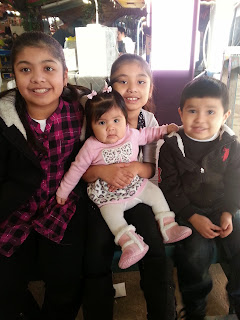Final Reflective Blog

To be honest I thought special populations was only the meaning of disability children, but through my semester in my special populations class has made it even more clearer with our text book called Multicultural Education in a Pluralistic Society by Gollnick and Chinn. I learned so much about the diversity, children who are bilingual or other first language children they speak and different dialects from different race or country, exceptional children, and twice exceptional children. The suburban, urban and rural areas where children are and how it affects children in their education, which some of them Students from economically disadvantaged backgrounds. As a teacher I’ll respect each one of my students regardless of their ethnicity, culture or whether if my student is one of the LGBT community.
I believe all
students should be treated equity for all students achieve academically. “Making
sure all students have equal access to resources is an important
goal. All students should have the resources necessary for a high-quality
education. But the truth remains that some students need more to get there”
(Blair Mann). Not all students are academically in the same level or some
students may have a disability, as teacher we must make sure all students are
learning. Treating students, the same depends because students have different culture
backgrounds. Some students may think a pad in back or touch on their head referring
as a “good job”, students may t think is a disrespect. It is very important to be aware
of the student’s culture and get rid of the stereotype in a classroom, as a teacher.
It was an amazing experience learning so much in my special population class. Because
of this class I believe I became more open minded of the youth and people.
- Mann, Blair. “Equity and Equality Are Not Equal.” The Education Trust, 14 July 2016, edtrust.org/the-equity-line/equity-and-equality-are-not-equal/.

Comments
Post a Comment